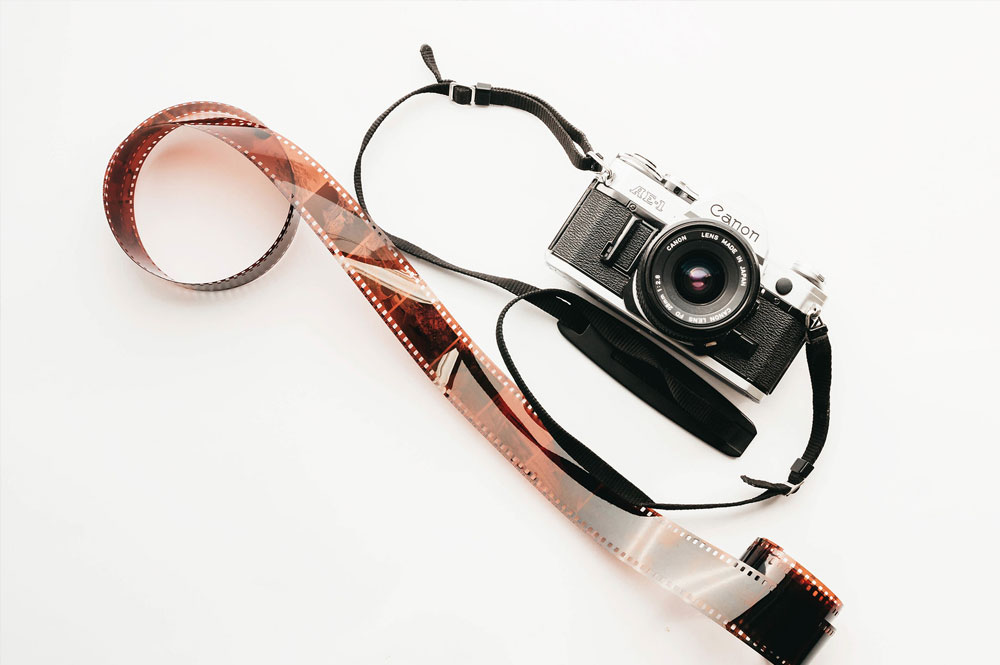Push and Pull Film Processing

Photo by Marco Verch. Licensed under CC BY 2.0
Push processing is a film photography technique that attempts to compensate for underexposed film by over-developing it. Pull processing is similar, but instead you compensate for overexposed film by under-developing. Push processing is mostly used to obtain a usable image when working under low lighting conditions, and pull processing is commonly used to obtain a lower contrast image under high contrast conditions. Please review the pushing and pulling film page in the film speed section of this website. Push and pull processing may also be used to increase development time to heighten or lower contrast in image from standard rolls of film.
Recommended Push/Pull Processing Times
All chemicals for film development, such as Kodak or Ilford, will come with recommended temperatures and times for the development process. Please consult the maker of the chemical you use for the best times.
When pushing or pulling film at different EI speeds, you must over- or under-develop the film to compensate for over or underexposing the film. Generally, pushing the film to another ISO makes the development process much easier. If you push a 400 speed film to EI 800, you should develop the film based on the development time for ISO 800 film. This will give you a solid starting point as you learn to push or pull process film.
Chemical developers have also provided some general rules for push and pull film processing. Kodak recommends that when push processing, you should increase the development time by two minutes for each camera stop of underexposure. With pull processing, the development time should be decreased one minute for each stop of overexposure. Ilford recommends increasing development time by 20% to boost contrast for underexposed images.
Both companies provide basic data sheets for push/pull processing times similar to their sheets for standard processing times. Please consult the appropriate company for more information. But as always, when learning to push process film, it may require some testing to ensure you develop for the best times possible. Therefore, it would be advised to you attempt to push or pull process using test film with images that are not greatly important to you. This will help you develop the skills to properly push or pull process when it is needed, and then you can successfully process the images that truly matter.

















